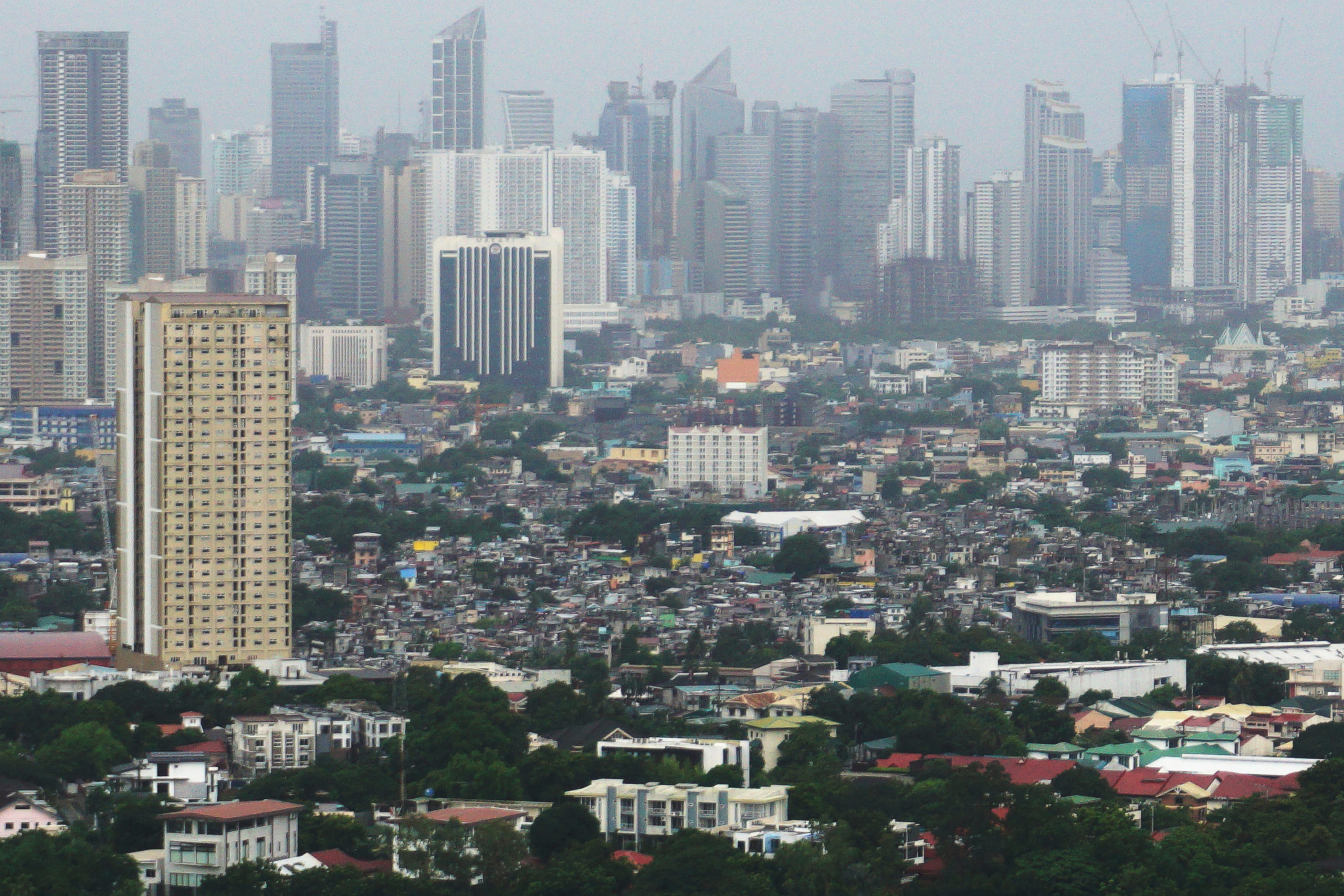Stuck since ’87: PH languishes in lower middle income group
MANILA, Philippines — The Philippines has remained in the lower middle-income country (MIC) group under the latest rankings of the World Bank (WB) for fiscal year 2025, marking a setback for the Marcos administration’s ambition for the country to reach the upper MIC status within its term.
The Philippines has been classified as a lower MIC since 1987, reflecting the slow progress the country is making to expand its economy in step with population growth.
READ: World Bank to PH: Invest in youth now for better economy
The WB ranks countries according to their gross national income (GNI) per capita, which for the Philippines rose to $4,230 in 2023 from $3,950 in the preceding year.
This puts the country in the lower MIC group, which, under the WB’s Atlas method, includes nations with a GNI per capita of between $1,146 and $4,515.
Article continues after this advertisementClimbing to the upper MIC group in the coming years will also be more difficult for the country after the WB increased in 2023 the threshold for upper middle-income status to a GNI per capita of between $4,516 and $14,005, from between $4,466 and $13,845 previously.
Article continues after this advertisementAdjusted to inflation
These income thresholds are updated annually at the beginning of the WB’s fiscal year on July 1 to adjust for inflation.
GNI is the total amount of money earned by a country’s people and businesses. It is used to measure and track a nation’s wealth from year to year and includes the gross domestic product (GDP) plus the income it receives from abroad such as remittances from overseas Filipino workers.
As of July, WB data showed that among members of the Association of Southeast Asian Nations (Asean), the Philippines is grouped with Lao PDR, Cambodia, Myanmar, and Vietnam in the lower MIC bracket. Indonesia, Thailand, and Malaysia remained in the upper middle-income group, while Singapore and Brunei remained in the high-income bracket.
Delayed by pandemic
The latest grouping saw the West Bank and Gaza slip to lower middle-income status while Algeria, Mongolia, Iran, and Ukraine transitioned to upper middle-income nations. Palau, Russia, and Bulgaria moved to the high-income bracket.
The latest data from the WB marked a stumbling block for President Ferdinand Marcos Jr.’s target to make the Philippines an upper-middle-income country either by 2025 or in early 2026.
Marcos, in his inaugural State of the Nation Address in 2022, had originally targeted for the country to belong to that income bracket by 2024 before deciding to push back that goal due to the economic impact of the COVID-19 pandemic.
Secretary Arsenio Balisacan of the National Economic and Development Authority last week said that the country’s goal to reach upper MIC status could be achieved only in late 2025 or early 2026.
The economic team during the Duterte administration also targeted bringing the Philippines to upper MIC status by 2020, but this was scuttled due to the pandemic.
Earlier optimism
Prior to the health crisis, the WB had been optimistic about the prospects of the Philippines moving up to the upper MIC group.
In its country partnership framework for the Philippines for the period July 2019 to December 2023, the multilateral lender noted that “with a young, digitally engaged population and one of the fastest growing economies in Asia, the Philippines is increasingly positioned to deliver on its ambitious national development goals.”
It said the doubling of GDP per capita over the past two decades, from $1,607 in 2000 to $3,022 in 2018 (adjusted for the effects of inflation), made the country an important place of transition on several fronts.
“First, the Philippines is poised to cross the threshold from lower (MIC) status to upper MIC status within the next three years,” the WB said then.
More borrowings
The delayed climb to upper middle-income status, however, may benefit the Philippines at a time when it plans to borrow more from multilateral lenders and bilateral development partners to repay the debts incurred by the government to fund a costly pandemic response.
Had the Philippines become an upper MIC this year, it would lose access to concessional interest rates currently being charged on official development assistance loans.
